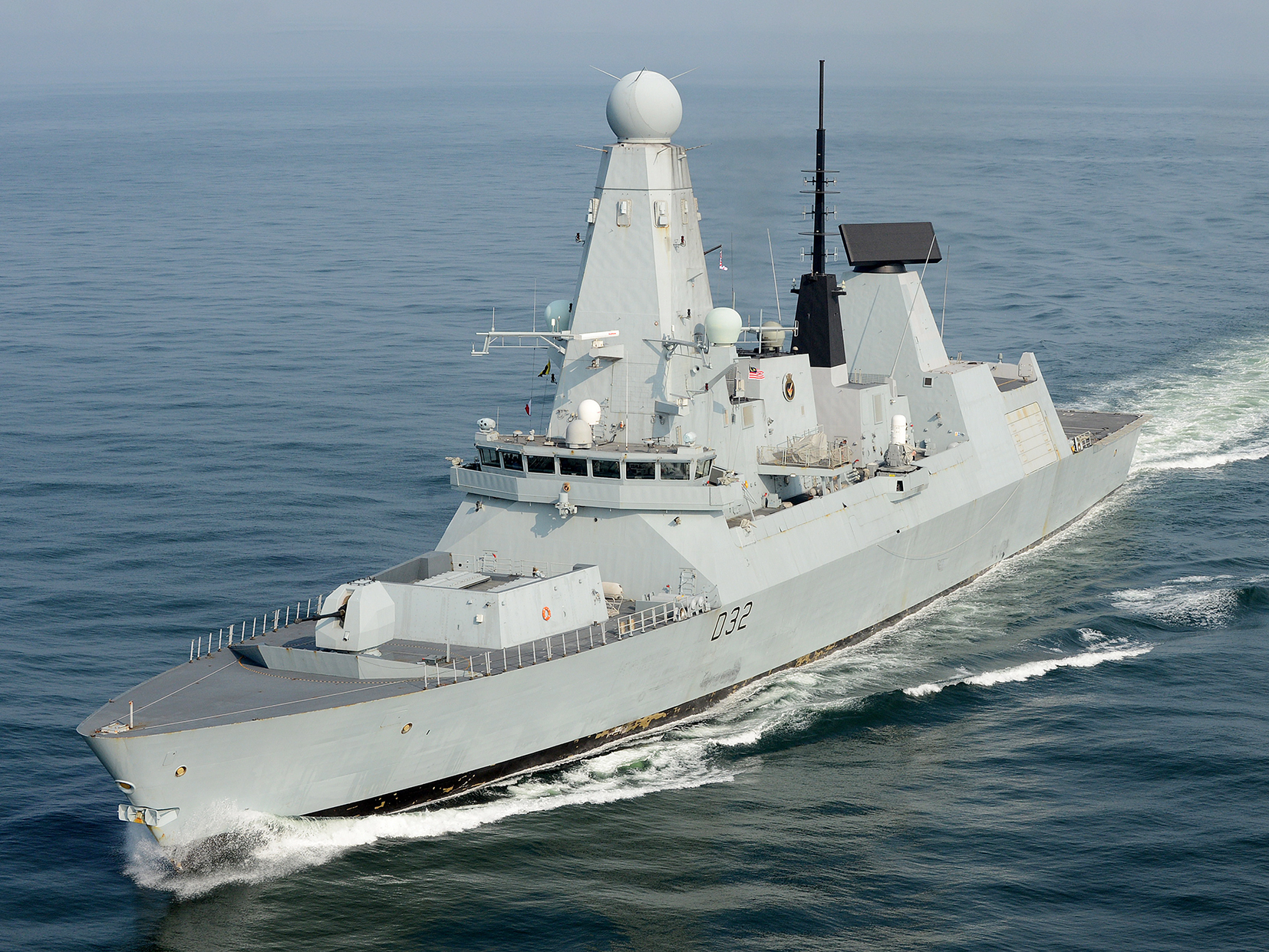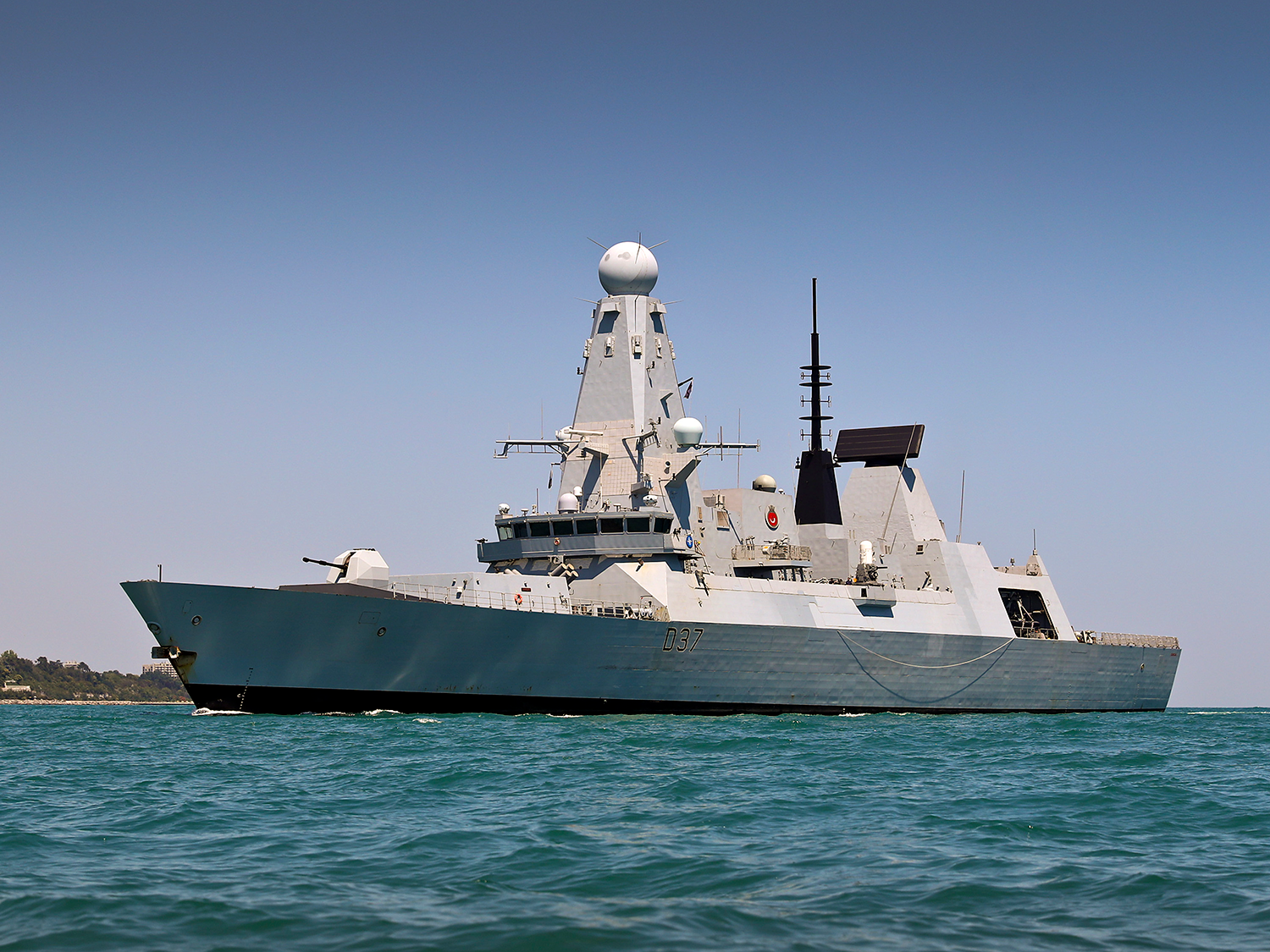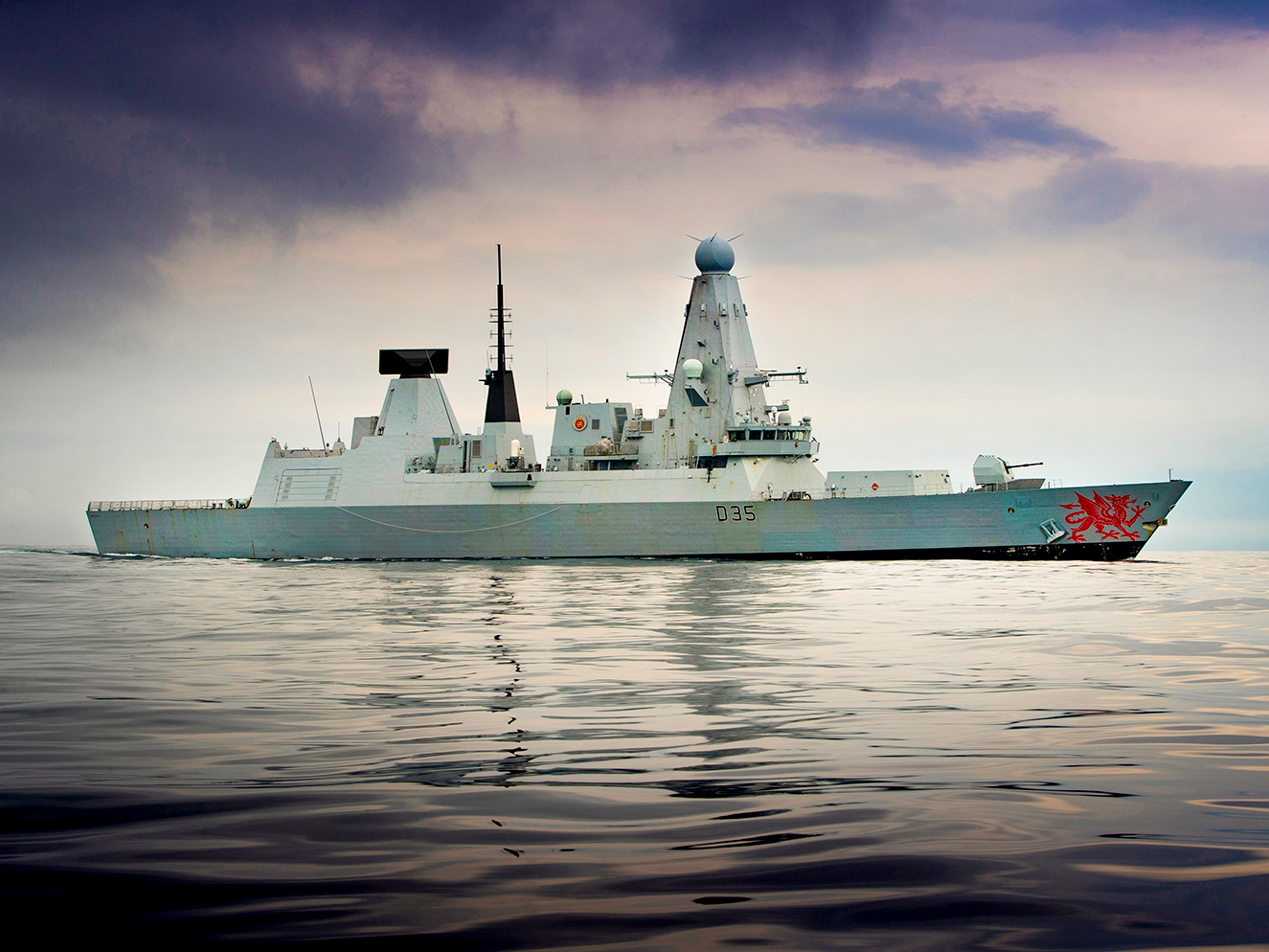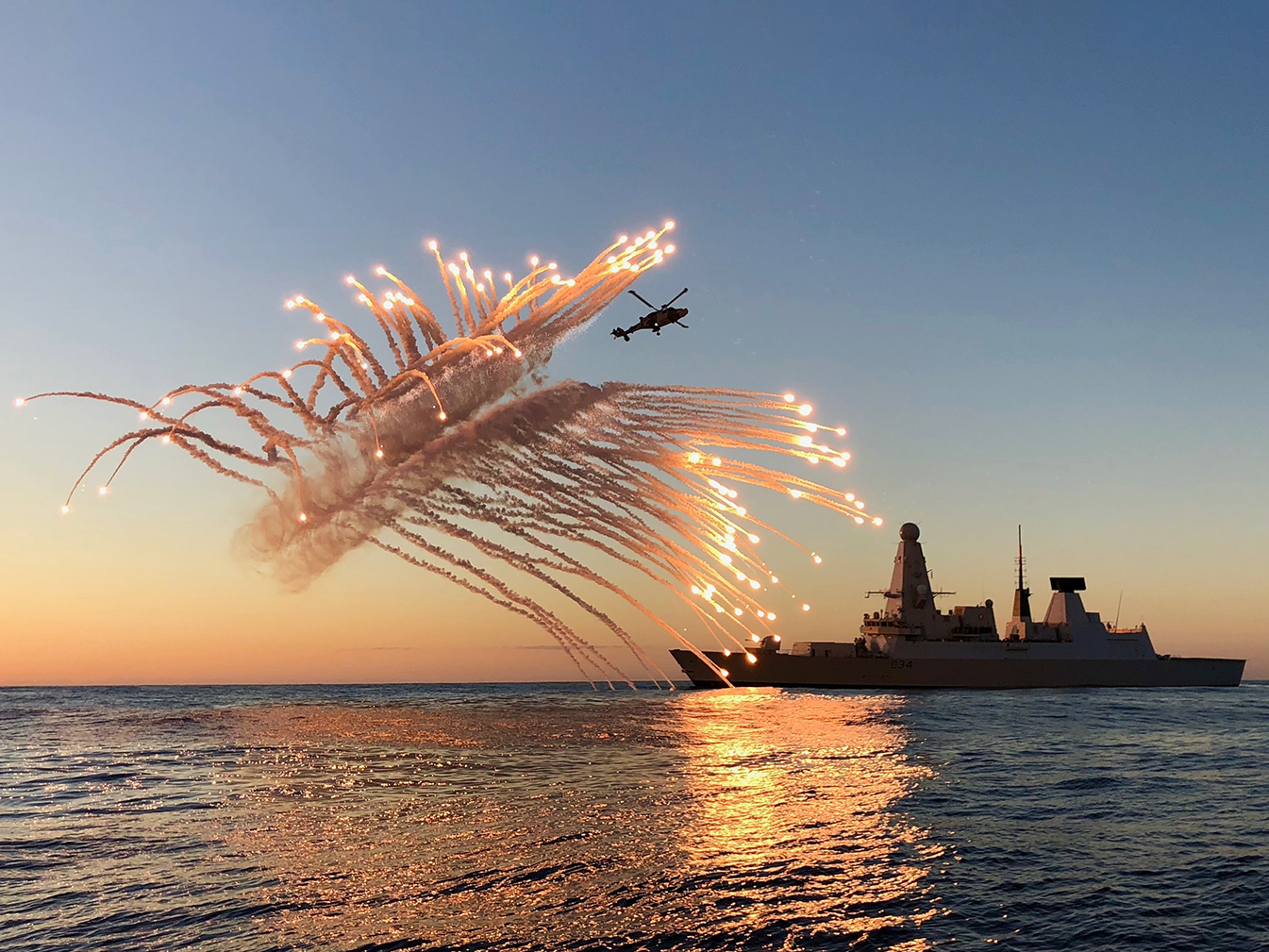Royal Navy Type 45 Daring Class Destroyers: A Comprehensive Guide
Introduction
The Type 45 Daring class destroyers are the Royal Navy’s most advanced air defence warships, designed to protect fleets against the full spectrum of modern aerial threats. Equipped with the cutting-edge Sea Viper missile system and some of the most sophisticated radar technology in the world, they form the core of Britain’s surface fleet. With six ships built, the Type 45s have already played major roles in global operations, ensuring the United Kingdom retains world-class maritime capability.
Origins and Design Development
The Type 45 programme began in the 1990s as a replacement for the ageing Type 42 destroyers, which had formed the backbone of the Royal Navy’s air defence since the 1970s. The Royal Navy required a larger, more capable ship with greater endurance, modern sensors and advanced missile systems to counter new generations of supersonic aircraft and anti-ship missiles.
Initially part of a joint European project, the UK eventually pursued its own design. The result was the Daring class, a state-of-the-art destroyer with advanced radars, powerful missiles, and an integrated electric propulsion system. At 8,500 tonnes full load and 152 metres in length, the Type 45s are among the largest and most powerful air defence destroyers in the world.
Ships of the Class
Six Type 45 destroyers were built for the Royal Navy:
HMS Daring (D32) – commissioned 2009
HMS Dauntless (D33) – commissioned 2010
HMS Diamond (D34) – commissioned 2011
HMS Dragon (D35) – commissioned 2012
HMS Defender (D36) – commissioned 2013
HMS Duncan (D37) – commissioned 2013
Each ship is named after historic Royal Navy vessels, continuing a long tradition of distinguished service.
Design and Technical Features
The Type 45s represent a significant leap in capability compared to their predecessors. Key features include:
Displacement: 8,500 tonnes full load.
Length: 152 metres.
Propulsion: Integrated electric propulsion system using Rolls-Royce WR-21 gas turbines and Wärtsilä diesel generators.
Speed: In excess of 27 knots.
Primary Weapons: Sea Viper missile system, using Aster 15 and Aster 30 missiles with ranges of up to 120 kilometres.
Radar: Sampson multi-function radar and S1850M long-range radar, capable of tracking hundreds of targets simultaneously.
Gun Armament: 4.5-inch Mark 8 naval gun.
Secondary Weapons: Phalanx CIWS, 30mm cannons, miniguns for close-range defence.
Helicopter Facilities: Flight deck and hangar for a Merlin or Wildcat helicopter, extending anti-submarine and surface strike capability.
Crew: Approximately 190, with additional capacity for embarked forces.
The class’s Sea Viper system allows them to defend entire task groups from aircraft and missiles, making them central to the protection of Britain’s carriers.
Operational Service
Since their introduction, the Type 45s have been deployed globally, from the Middle East to the North Atlantic. Their missions have included:
Providing air defence for carrier strike groups, including the new Queen Elizabeth class carriers.
Operations in the Gulf to protect shipping and maintain maritime security.
Humanitarian and disaster relief missions, using their advanced command and control facilities.
NATO deployments and multinational exercises, demonstrating Britain’s commitment to alliance security.
Ships such as HMS Dragon and HMS Defender have become well-known for their roles in high-profile operations, including counter-piracy patrols and escort duties in volatile waters.
Challenges and Upgrades
The class has faced technical challenges, most notably issues with the reliability of their propulsion systems in warm climates. This led to the Power Improvement Project (PIP), a major upgrade programme fitting new diesel generators to ensure the destroyers can operate worldwide without restriction.
In addition, the Royal Navy plans to upgrade the Type 45s with additional missile silos to expand their strike capabilities, ensuring they remain effective well into the 2030s.
Summary – At a Glance
|
Ship |
Commissioned |
Notable Service Highlights |
Status |
|
HMS Daring (D32) |
2009 | First of class, global deployments |
Active |
| HMS Dauntless (D33) | 2010 | Caribbean deployments, NATO operations |
Active |
| HMS Diamond (D34) | 2011 | Gulf operations, carrier strike deployments |
Active |
|
HMS Dragon (D35) |
2012 | Middle East patrols, counter-piracy operations |
Active |
|
HMS Defender (D36) |
2013 | NATO taskings, Gulf escort missions |
Active |
|
HMS Duncan (D37) |
2013 | NATO flagship, Mediterranean and Black Sea ops |
Active |
Conclusion
The Type 45 Daring class destroyers represent the cutting edge of Royal Navy capability. With world-leading radar and missile systems, they provide unparalleled air defence, protecting Britain’s carrier groups and securing maritime interests worldwide. Despite early challenges, ongoing upgrades are ensuring the class remains highly effective for decades to come.
As the backbone of the Royal Navy’s destroyer force, the Type 45s are a vital symbol of Britain’s commitment to maintaining a strong and modern fleet.





